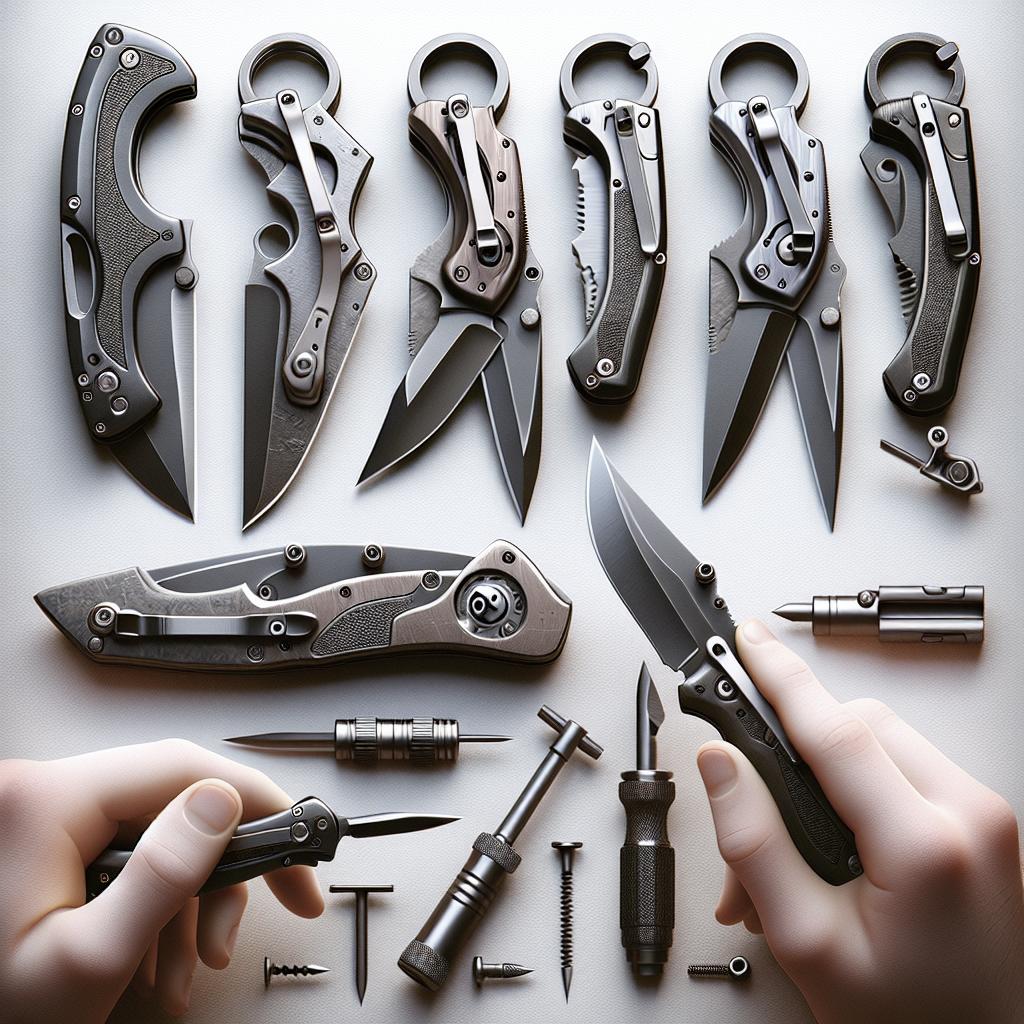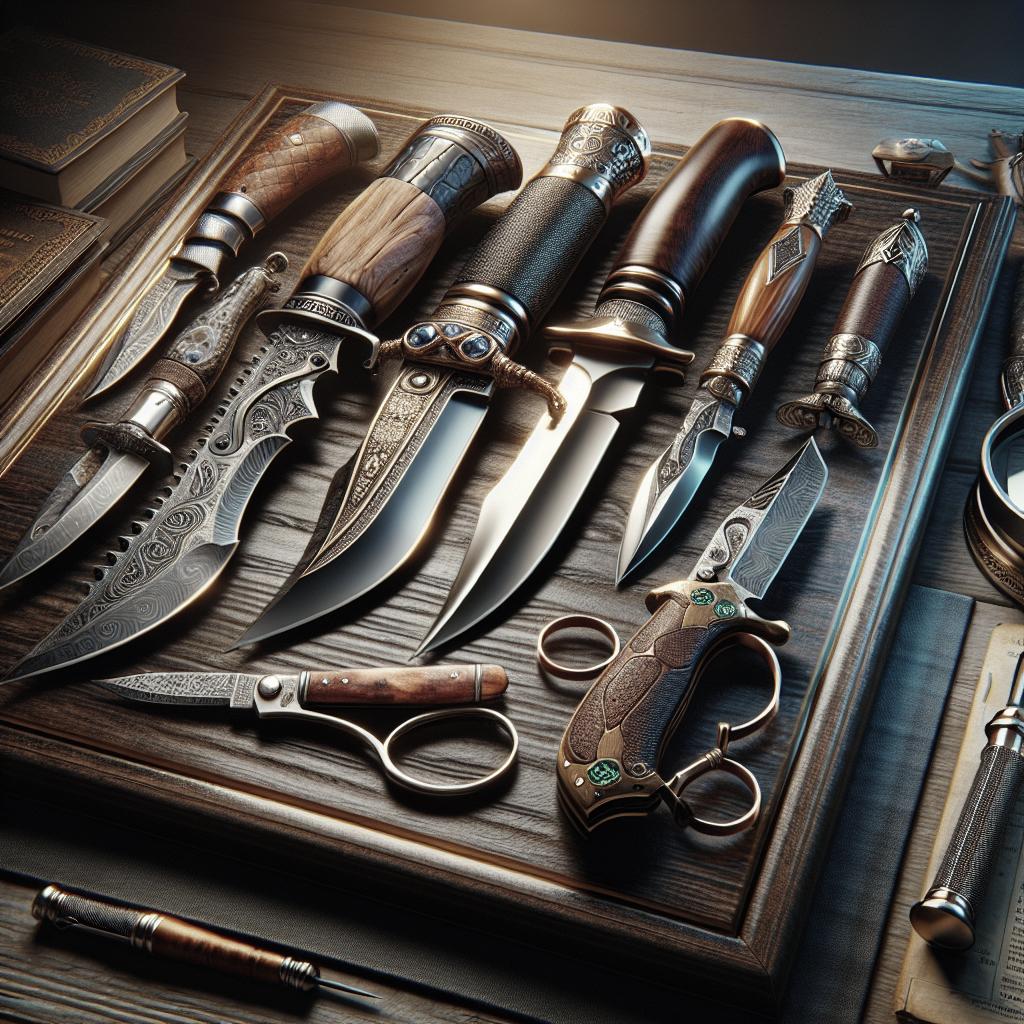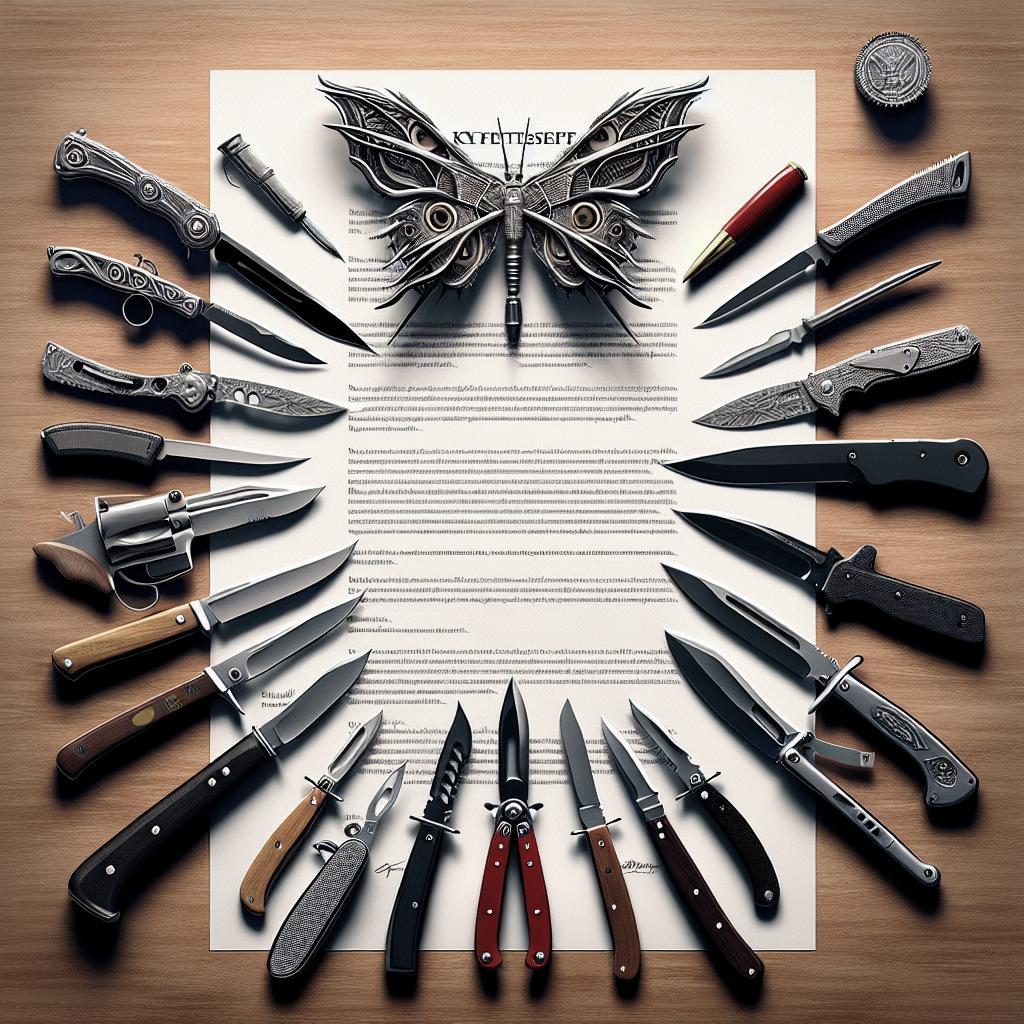Understanding Knife Safety Locks and Mechanisms
Whether you’re an outdoor enthusiast, a culinary master, or someone who just appreciates the utility of a good knife, understanding knife safety locks and mechanisms is crucial. The knife’s lock and safety features not only ensure your safety but also enhance the longevity and effectiveness of your tool. In this blog post, we delve into the different types of folding and fixed blade knife locks, factors to consider when choosing the right lock, and tips on maintaining your knife for prolonged use. By the end, you’ll have a clear understanding of how to select, use, and care for knives with varying locking mechanisms.
The Common Folding Knife Lock Types
Folding knives are popular because of their portability and safety features. One of the most common locking mechanisms is the liner lock, which consists of a side-spring lock that can be easily disengaged with one hand. It’s a favorite among many due to its simplicity and effectiveness. Another popular type is the frame lock, similar to the liner lock, but instead of a separate liner, the knife frame itself acts as the lock. This design provides additional strength and security, making it preferred for more heavy-duty tasks.
Another innovative type is the axis lock, which operates with a small, sliding lock bar. This type of lock appeals to both right-handed and left-handed users due to its ambidextrous design. Finally, the lockback design remains a timeless choice with a locking arm that features a strong, reliable mechanism, often found in traditional knives. Understanding these different folding knife locks can guide you in selecting a knife that best meets your safety and functional needs.
Fixed Blade Knife Considerations To Know
While fixed blade knives do not have mechanical locks, it doesn’t mean mechanisms for safety and practicality do not exist. The sheath is paramount for fixed blade safety. Generally, these are made from tough materials like leather or kydex, providing protection when the knife is not in use. A well-designed sheath will snugly hold the knife yet allow for easy access when needed, reducing the risk of accidental cuts.
Retention mechanisms in sheaths can vary from snap buttons, friction fits, or even magnets that hold the knife securely in place. When selecting a fixed blade knife, it’s important to consider the environment where you’ll use it. For outdoor and survival uses, a full tang fixed blade version is often favored for its strength and reliability. Each consideration around fixed blade knives focuses on ensuring you have an accessible yet safe knife-carrying and usage experience.
Choosing the Right Lock And Factors to Consider
When choosing a knife, selecting the right lock mechanism is crucial, primarily for safety and functional requirements. Consider your intended use—are you looking for a knife for everyday carry or one for specific tasks like hunting or rescue operations? A liner or frame lock might suffice for everyday tasks, while an axis or lockback may offer the reliability needed in more demanding situations.
Material quality and craftsmanship are also pivotal when evaluating knife locks. Higher-grade materials ensure durability and corrosion resistance, an important factor for both folding and fixed blade knives. Additionally, ergonomic design plays a vital role in operating these locks efficiently. The ease of use and whether it accommodates your dominant hand should also be central in decision-making.
Maintenance and Care to Prolonging the Life of Your Knife
To ensure the effective performance of your knife’s locking mechanism, regular maintenance is key. Cleaning your knife after each use prevents debris accumulation that could impair the lock mechanism’s operation. A gentle wipe with a soft cloth and a drop of mineral oil can keep moving parts functioning smoothly.
Sharpening on a regular basis maintains the knife’s efficiency and reduces the chance of accidents due to slippage. It’s also recommended to inspect the locking mechanism periodically for signs of wear or damage. Timely addressing any issues can prevent failure during crucial usage moments, thereby extending the knife’s usability and preserving safety measures.
Conclusion – Exploring the World of Knife Locks
| Topic | Key Points |
|---|---|
| Common Folding Knife Lock Types | Includes liner locks, frame locks, axis locks, and lockback designs; each offers varying levels of security and ease of use. |
| Fixed Blade Knife Considerations | Focuses on sheaths and retention mechanisms for safety; assesses knife designs suited for specific environments. |
| Choosing the Right Lock | Considers intended use, material quality, and ergonomic design for selecting an appropriate knife lock. |
| Maintenance and Care | Highlights the importance of regular cleaning and sharpening, along with periodic checks to ensure lock integrity. |
FAQs:
Q: What is the most secure folding knife lock?
A: The most secure lock depends on usage, but the frame lock and lockback are often praised for their robust locking mechanisms.
Q: Can fixed blade knives be as safe as those with locks?
A: Yes, fixed blade knives can be safe when partnered with a well-designed sheath and proper handling practices.
Q: How often should I maintain my knife’s lock?
A: Routine maintenance should be done after each use, with thorough inspections conducted monthly or after demanding tasks.


